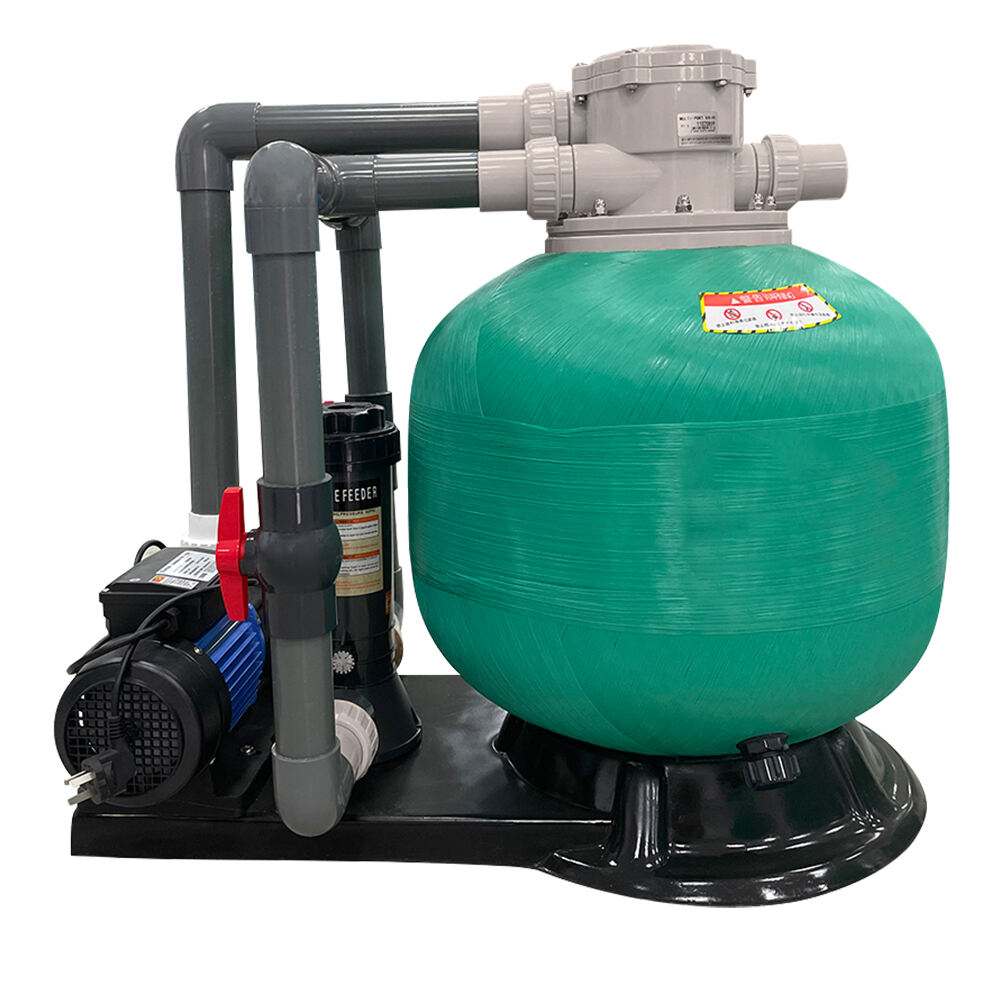aquaculture sand filter
An aquaculture sand filter represents a critical component in modern aquaculture systems, serving as a highly efficient mechanical and biological filtration solution. This advanced filtration system utilizes specially graded sand media to remove solid waste, organic matter, and harmful compounds from aquaculture water. The filter operates through a combination of mechanical straining, where larger particles are physically trapped between sand grains, and biological filtration, where beneficial bacteria colonize the sand media to break down harmful substances. The system typically consists of a pressure vessel filled with multiple layers of filter media, a powerful pump for water circulation, and a backwash mechanism for maintenance. Water enters the filter from the top and passes through the sand beds, where particles as small as 20-40 microns can be effectively removed. The filtered water then exits through the bottom collection system, returning clean water to the aquaculture system. This technology proves particularly valuable in both freshwater and marine aquaculture operations, supporting everything from small-scale fish farms to large commercial aquaculture facilities. The filter's versatility allows it to handle various flow rates and adapt to different water quality requirements, making it an essential tool for maintaining optimal water conditions in aquaculture environments.


